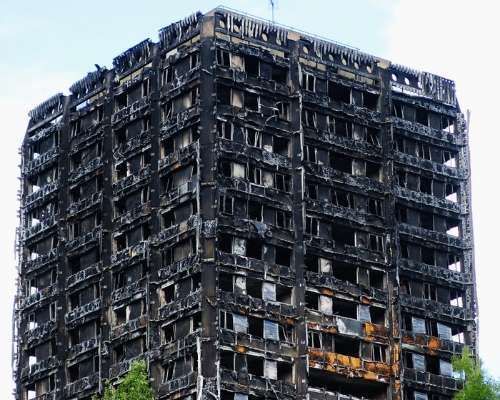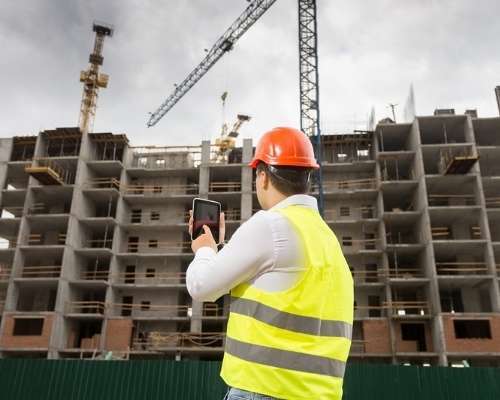6 Minute Read
March 11, 2021
0%

It has been more than four years since the tragic Grenfell Tower fire in London, and yet we continue to feel the impact of the devastation that it caused.
On June 14th, 2017, 72 residents of the Grenfell Tower block in West London lost their lives due to insufficient cladding being used for the renovation of the tower between 2015-2016. There were failings in the renovation and the ongoing site maintenance that could both be directly attributed to poor auditing and no shared responsibility that auditing brings with it.
For some time now, achieving thorough audit trails has been a challenge in construction, and as we’ve seen, this has led to events like Grenfell that have changed peoples’ lives forever. It has also led to many discussions, introspection and public commitments to change building processes to ensure safer, higher quality projects moving forward.

There are fears that not only are there more buildings containing unsafe materials, but that these numbers could only increase over the coming years. We may now have the benefit of hindsight, but unfortunately many of these are accidents waiting to happen.
Working without rigorous audit trails means that many projects are working on borrowed time. To make matters more complicated, the lack of audit trails makes it very difficult to identify all buildings that may contain unsafe materials or poor construction processes, especially if businesses involved in the construction of those buildings are no longer operating.
Up until now, construction projects have been too insular. Many construction companies still do not have robust, transparent communication infrastructure in place for their projects. When dealing with a project that is made up of different functions within the business, as well as multiple subcontracted teams, this is a recipe for disaster.
If there is no clear line of communication throughout a project, or even a basic audit trail of works carried out, the project is leaving itself wide open for corner cutting and therefore, unplanned costs.

The Grenfell Tower enquiry has highlighted an old-fashioned approach to project collaboration, communication and responsibility that is still present in the industry. Having a complete audit trail is something that should not be feared if everyone is abiding by established rules and regulations. It also creates a culture of collective responsibility, whether that be to ensure your own team’s job is done safely, or to sign off high-quality jobs from a project manager stance. This transparency shouldn’t be seen as a vehicle to play the blame game, it should be seen as a real vehicle for modernisation and positive change.
Right now, there is a lot that needs to be rectified before construction can hope to reach the ideal norm of shared responsibility and consistent delivery of quality. As of yet, there are no clearly defined expectations on who remediation work should sit with, and who should foot the bill. There needs to be a framework in place that drives more collaborative, data-informed project decisions, with clearly defined project responsibilities and ownership, and built-in checks and balances.

To get to this level of project oversight and accountability, many contractors are adopting modern construction technologies such as cloud-based project management solutions and mobile applications that deliver real-time data and automated workflows. This makes it much simpler for small and large construction businesses to align their work to meet modern demands, while alleviating much of the administrative and human error that is found during traditional project workflows.
For instance, there are technologies available that can provide more control over job costs and billing cycles, streamline project and field management workflows, digitize documentation like health and safety forms and snagging reports, provide collaborative real-time workflows across all project stakeholders, and much more.
Going forward, the role of technology in construction cannot be understated. We may be biased on this one, but technology is available for the sole purpose of making projects smoother whilst increasing projects’ quality and safety. Implementing some of these leading-edge technologies today can make building these quality and safety frameworks even easier, allowing contractors to begin future proofing infrastructure for generations to come.
6 Minute Read
March 11, 2021
4 Minute Read
July 28, 2021
6 Minute Read
April 2, 2020